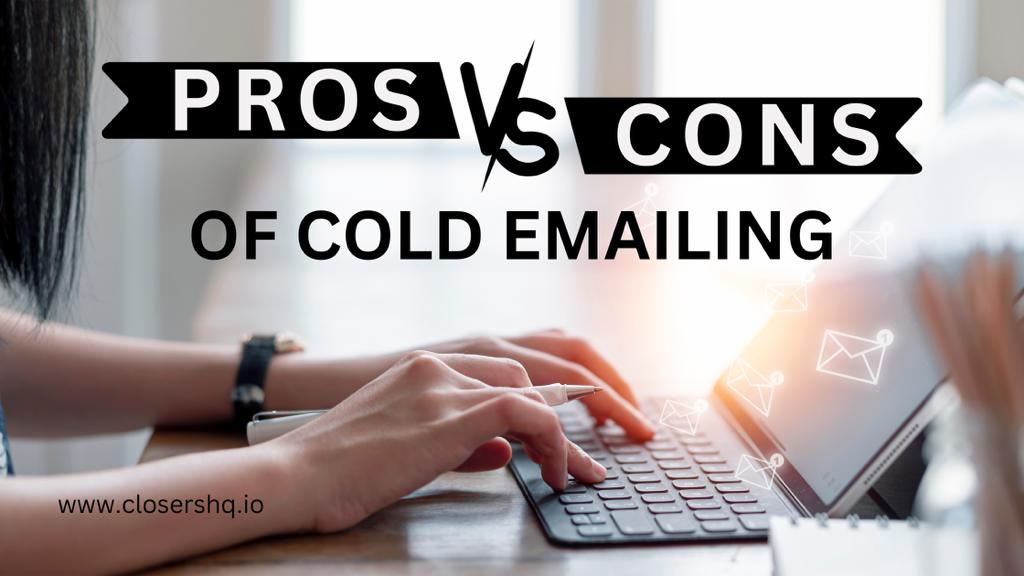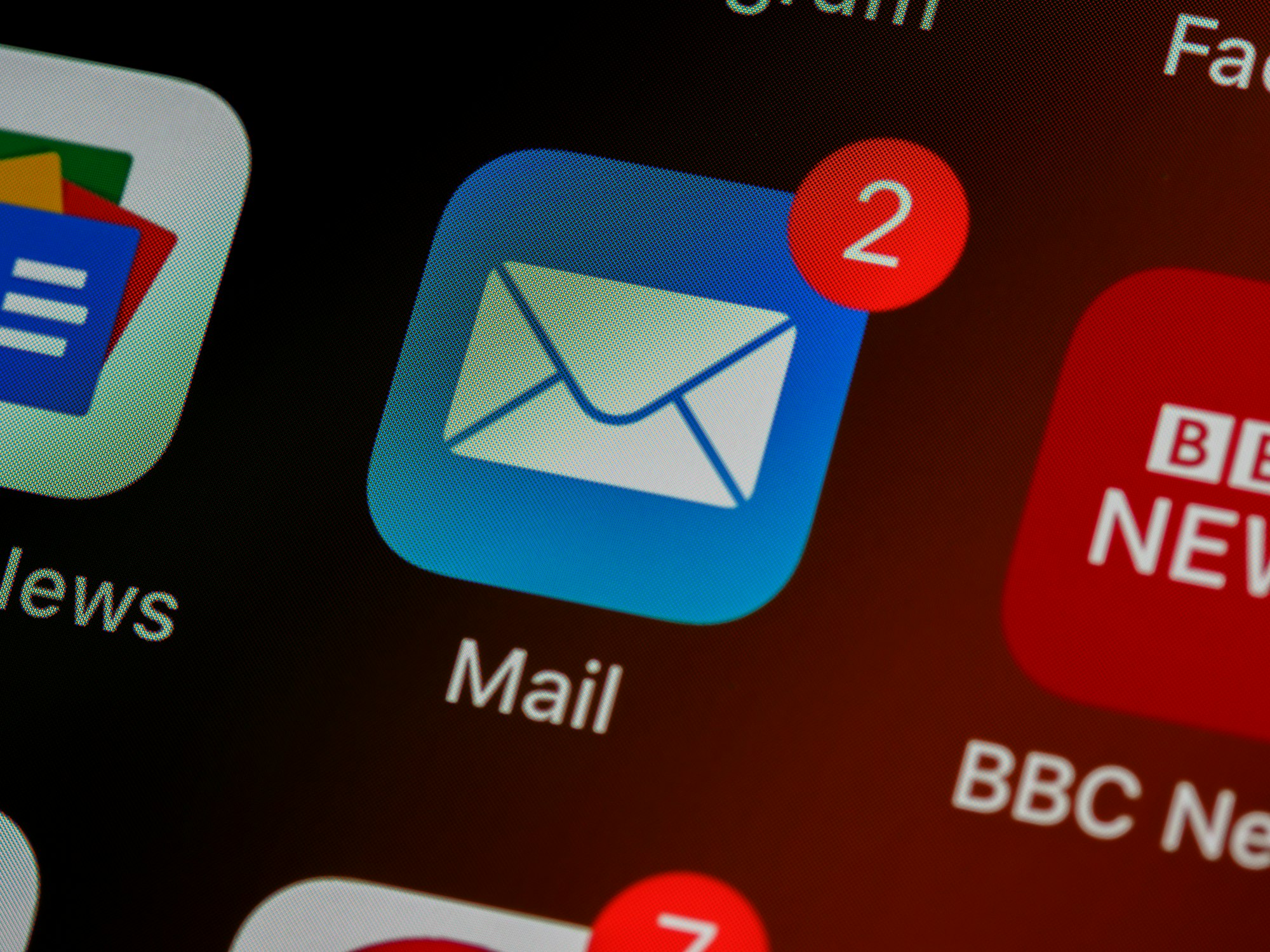
Introduction
Cold emailing is a method of reaching out to potential clients or contacts via email without any prior relationship or connection. It has gained popularity in the digital age due to its efficiency and low cost. As the digital landscape continues to evolve, reaching out to potential clients via email has become a crucial part of business development. However, it comes with its own set of challenges and opportunities which we will examine below.
Advantages of Cold Email

While it may seem like a daunting task, cold emailing can actually be a highly effective way to generate leads and increase sales. The key is to approach the process strategically, with a well-crafted message and a targeted list of recipients.
- One of the biggest advantages of cold email is its ability to reach a large, targeted audience quickly, efficiently and inexpensively who may not have otherwise been aware of your services or products. With the right approach, businesses can effectively communicate their message and generate interest in their products or services. This can lead to increased sales and revenue for the business.
- Unlike traditional advertising methods, such as print or television ads, cold emailing allows you to directly reach potential customers who may be interested in your product or service. This one-to-one feel is more effective in conversion.
- Cold emails can be used to build relationships with potential customers, partners, and influencers quickly and easily. They give you the opportunity to start conversations with the right people and create meaningful connections.
- By using personalization techniques like addressing the recipient by name and referencing their company or industry, you can increase the likelihood that they will engage with your email and consider your offering. With a well-crafted message, you can quickly get responses from recipients and start conversations that could lead to sales.
- Cold emails are also cost-effective, as they don't require any physical resources or a large budget for advertising. Traditional marketing tactics such as print ads, billboards, and TV commercials can be expensive and may not generate the desired results. Cold emailing, on the other hand, is relatively cheap and can be done quickly and easily with the help of email automation tools. This means that businesses can reach a large number of potential clients without breaking the bank. This makes it an affordable option for businesses with limited marketing budgets.
- Moreso, cold email allows businesses to track and measure the success of their outreach efforts so they can continually improve and refine their approach. This lets them refine their messaging and targeting based on the response rates to previous campaigns. By analyzing the data collected from these campaigns, businesses can make informed decisions about future marketing efforts and optimize their results.
Overall, cold email is a powerful tool for businesses looking to generate new leads and drive sales growth. It can be a valuable addition to any digital marketing strategy, especially for businesses looking to expand their customer base and increase revenue.
Disadvantages of Cold Email

While cold emailing can be an effective and inexpensive way to get in touch with new prospects at scale, it is not without it's own setbacks and shortcomings that should be considered before using this method.
- One main disadvantage of cold emails is that it requires a lot of time and effort to craft the perfect message. This can be daunting for startups that have limited time and resources.
- Cold emails often have low open rates and even lower click-through rates, making it difficult for marketers to achieve their campaigns goals.
- Consequently, one of the primary drawbacks of cold emailing is the low response rate. Many recipients may simply delete the email without even opening it, let alone responding. This can make it difficult to achieve the desired outcome from the email campaign, whether it's generating leads, securing partnerships, or promoting a product or service.
- Furthermore, if done incorrectly, cold emailing can damage your brand's reputation if it is perceived as spam or unsolicited, which could result in the suspension of your email account and harm future opportunities.
- Another disadvantage of cold emailing is the potential for legal issues. Depending on the jurisdiction and the nature of the email, it may violate anti-spam laws or regulations. This can result in fines or legal action, which can be costly and damaging to your business's reputation.
- Additionally, even if the email is legal, unsolicited emails may still be perceived as intrusive or annoying, particularly if the recipient does not recognize your brand or understand why you are contacting them. This can lead to negative sentiment toward your brand and some recipients may even mark your emails as spam.
- Many people receive a large number of emails every day, and a cold email can easily get lost in the shuffle. This means that even if you have a well-crafted message, it may not be seen by the people you are trying to reach.
- Some people are wary of responding to an unsolicited email, particularly if they are not familiar with your company or brand. This can make it difficult to establish a relationship with potential clients or customers through cold emailing alone.
- Moreso, some people may feel that a cold email is impersonal or insincere, particularly if it is obvious that the message has been sent to a large number of people at once. This can make it difficult to establish trust and credibility with potential clients or customers, which is essential for building long-term relationships.
As such, it's important for marketers to carefully consider the pros and cons, potential risks and drawbacks of cold emailing and to approach it strategically to maximize its benefits while minimizing its downsides.
Conclusion
In summary, while cold emailing, which involves sending unsolicited emails to potential clients or contacts, offers advantages such as cost-effectiveness and targeted marketing amongst others, it is not without its drawbacks. It is important for businesses to carefully consider the potential challenges, such as deliverability and perception, before implementing cold emailing as part of their marketing strategy. By understanding these factors and taking appropriate measures to mitigate them, businesses can maximize the benefits of cold emailing and increase their chances of success.
Ultimately, a thoughtful and strategic approach to cold emailing can yield positive results and contribute to the growth and success of a business.
